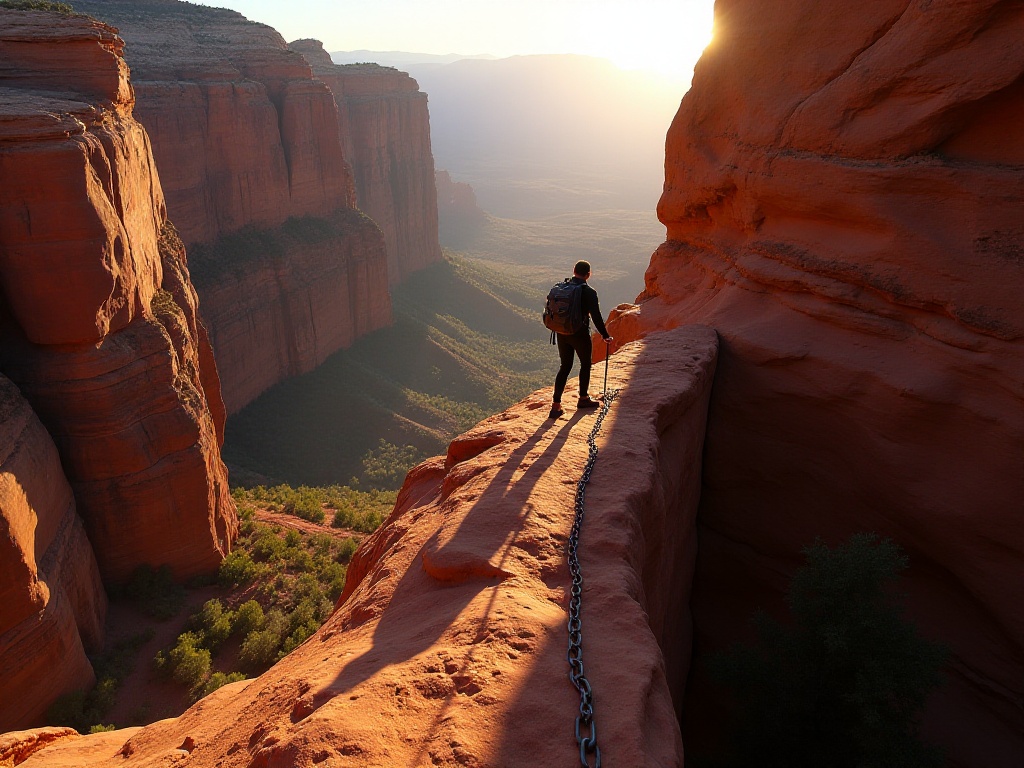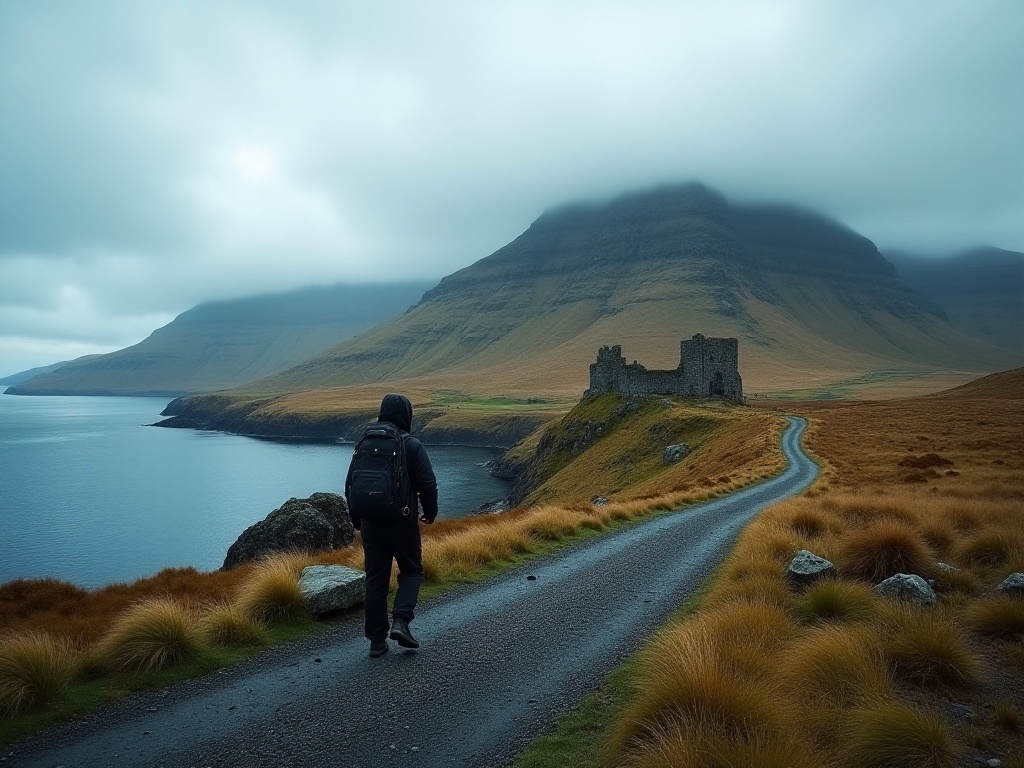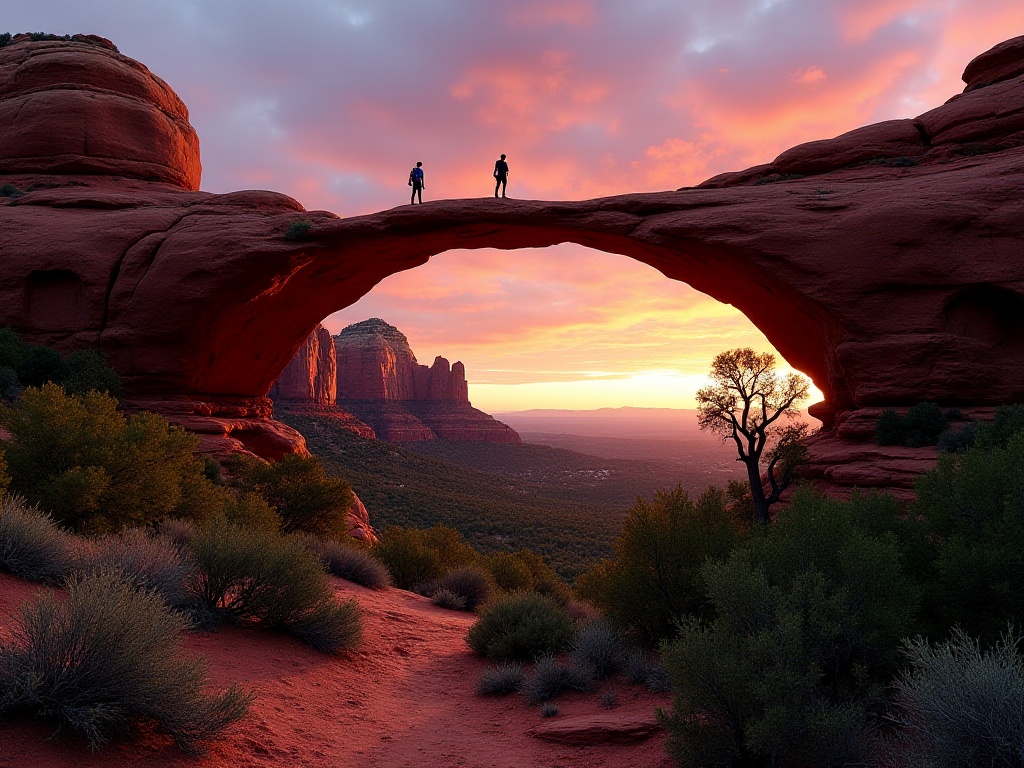Why Choose It
Cinque Terre is absolutely amazing! As an avid hiker who has traveled far and wide, I can confidently say that this hiking trail along Italy's Ligurian coast is perfectly suited for Asian travelers. The climate is incredibly comfortable, unlike the freezing temperatures in the Alps. The difficulty level is just right, not as punishing as the Tour du Mont Blanc. Best of all, the trail connects five unique fishing villages, allowing you to experience Italian culture while hiking - it's simply perfect!
This hiking trail truly surprised me. I remember my first visit - standing on the cliff edge overlooking the azure Mediterranean Sea left me speechless. The water was so clear you could see the bottom, sailboats dotted the horizon, and colorful houses cascaded down the hillsides to the sea. The scene was absolutely stunning! Every time I think about it, I can't help but want to visit again.
Best Season
For the best travel time, I strongly recommend spring and fall! Specifically, late March to early May, or mid-September to late October. These periods are perfect: fewer tourists, good weather, and moderate temperatures. According to local weather station monitoring, the average temperature during these seasons ranges from 15-22°C, with a lower chance of rain.
When I went last spring, I had incredible luck! The temperature was perfect - not too hot, not too cold, making hiking very comfortable. In spring, wildflowers bloom along the trail, filling the air with fragrance and making for beautiful photos! In autumn, the golden sunlight on the colorful houses creates another kind of stunning scenery.
While summer offers plenty of sunshine, the temperature can be quite high, risking heat exhaustion, and it's extremely crowded with higher accommodation prices. Winter has fewer tourists but frequent rain, and hiking trails may close temporarily due to weather, so it's not recommended.
Preparation
Many friends ask me what to prepare, and while the equipment requirements aren't high, there are some essentials! First is a good pair of shoes - you must choose breathable hiking shoes with good grip, as comfort is crucial for all-day walking. On my first visit, I wore regular sneakers and ended up with blisters halfway through - it was terrible!
Sun protection is super important! The UV rays are very strong by the sea, so sunscreen, hats, and sunglasses are all essential. I use SPF 50+ sunscreen, reapplying every two hours. A wide-brimmed hat is best for better protection of your face and neck.
A camera is absolutely essential! On my first trip, I went through two batteries just taking photos, so I recommend bringing several power banks and memory cards. If possible, bring a wide-angle lens, as many viewpoints require it to capture the complete scene.
Additionally, I recommend bringing: - Hiking poles: Not essential but useful on steep sections - Portable water bottle: Water refill points are limited, so bring plenty - Energy bars or chocolate: For energy replenishment - Basic first aid kit: Band-aids, pain relievers, etc. - Waterproof jacket: For unexpected weather changes - Light backpack: For water and snacks, preferably breathable

Route Planning
The entire hiking trail is 11 kilometers long, connecting five beautiful fishing villages: Monterosso, Vernazza, Corniglia, Manarola, and Riomaggiore. I strongly recommend walking north to south, starting from Monterosso. Why? Because the slope is more comfortable this way, and you'll reach Riomaggiore just in time to catch a beautiful sunset.
The brilliance of this trail lies in the perfect distances between each village - not too tiring to walk, yet allowing ample time to appreciate the scenery. Each village has its own character, like five pearls strung together, each shining with its unique brilliance.
I remember my first hike took three full days with stops for photos. The scenery along the way is incredibly beautiful, with almost every turn bringing new amazement. The blue sea, steep cliffs, colorful layered houses, and vineyards everywhere are truly heaven's masterpiece!

Itinerary
On the first day, I strongly recommend settling in Monterosso. This northernmost village is like a living painting! Colorful houses stack like building blocks on the hillside, each one incredibly beautiful. On my first visit, I spent an entire afternoon just sitting in the seaside plaza, taking it all in.
The flat pasta with seafood here is amazing! The lobster pasta I had at a small restaurant in the old town still makes my mouth water thinking about it. I suggest taking it easy on the first day - you can stroll along the beach or find a seaside restaurant to slowly enjoy the food. In the evening, there are many small bars in the old town where you can try local wines and experience Italian nightlife.
Day two starts with the journey from Monterosso to Vernazza, which takes about 2 hours. You'll pass through large vineyards - it's absolutely beautiful! When I went during grape harvest season, the air was filled with sweet fruit fragrance, and you could buy fresh grapes - super delicious!
In Vernazza, you must visit the castle ruins. The view is incredible - you can overlook the entire bay. I recommend going at dusk when the setting sun turns the whole bay golden - it's breathtaking! Over 2.5 million tourists visit annually, but most just pass through quickly, missing many hidden surprises waiting to be discovered.
For example, there's a little-known path behind the castle leading to a secret viewing platform with even better views than the main castle viewpoint! Plus, there are fewer tourists, making it perfect for photos. I met an elderly local couple there who told me this path has existed for hundreds of years, formerly used as a shortcut by fishermen.
Day three takes you from Vernazza to Corniglia, possibly the most challenging section of the entire hike, taking about 2.5 hours. There are many steep stairs, but trust me, though tiring, it's absolutely worth it! When you see Corniglia's colorful houses stretching from the cliffs to the sea, all fatigue disappears.
I particularly love a small gelato shop in Corniglia, next to the church square. Their pistachio gelato is incredible, made with pistachios from Sicily - incredibly rich and flavorful! When tired from walking, having an ice cream while sitting in the square, soaking up the sun and watching tourists pass by, helps you completely relax.
Day four's journey from Corniglia to Manarola is relatively easy, taking about 1.5 hours. Manarola is my favorite village, as it retains the most authentic fishing village atmosphere. With less than 500 residents, it receives over a million visitors annually - imagine how popular it is!
Manarola's fishing port is particularly interesting - you can watch fishermen head out to sea in the morning and buy fresh seafood directly at the port when they return in the afternoon. I had an unforgettable seafood rice dish at a small restaurant by the port, with shrimp and shellfish fresh from the sea - so delicious I wanted to lick the plate!
The final day takes you from Manarola to Riomaggiore, about a 2-hour journey. The scenery along the way is a photographer's gift from heaven - every shot is spectacular! Riomaggiore is the largest and liveliest of the five villages. Its seafood market is famous, and I strongly recommend trying the local fried fish - crispy outside, tender inside, perfect with a glass of local white wine - absolutely heavenly!

Food Experience
Speaking of food, Cinque Terre is a culinary paradise! Each village has its signature dishes, but the most famous is pesto pasta! In 2023 alone, restaurants in the five villages reportedly sold over 3 million portions of pesto pasta - an incredible number!
My favorite is a small restaurant in Vernazza, right on the main street, run by a super friendly owner. Their pesto is made fresh daily using local basil leaves, pine nuts, and special olive oil - irresistibly fragrant! Paired with fresh seafood, it's absolutely perfect!
Besides pesto pasta, the seafood here is exceptional! Each village's port has its own specialty seafood - I highly recommend the octopus salad in Manarola and grilled squid in Riomaggiore. Always ask the owner what's fresh today, as menu items aren't always available daily - trust the locals' recommendations!
Don't miss the local wine either! The region is famous for its white wine, especially from Vernazza - light and refreshing, perfect with seafood. I always buy a few bottles to take home despite the weight - absolutely worth it!

Accommodation Advice
For accommodation, I highly recommend staying in guesthouses! While there are many hotels in Cinque Terre, guesthouses offer a better local experience. Many are converted old houses owned by locals, maintaining original architectural features while offering modern amenities.
I particularly like the guesthouses in Vernazza and Riomaggiore - reasonably priced with plenty of choices. Once I stayed in a Vernazza guesthouse right on the cliff edge - opening the window revealed the sea, and you could hear the waves at night - super romantic!
When booking, pay attention to location, as many houses are on hillsides and climbing stairs with large suitcases can be tiring. Choose accommodations near the train station or main street for convenience. Book well in advance, especially during peak season - good guesthouses often fill up a month ahead.

Transportation Guide
While hiking is the main focus, understanding the local train system is important. All five villages are connected by train, which is a good option if you're particularly tired or the weather is bad. A Cinque Terre pass costs 16 euros for unlimited same-day travel - super value!
Trains run frequently, usually every half hour, but watch the schedule as delays can occur. I recommend downloading the Trenitalia app to check real-time train schedules and delay information.
Remember to validate your ticket at the yellow machines on the platform! Even with a pass, you must validate it, or you'll face fines. I've seen several tourists fined several dozen euros for not knowing this - such a shame!

Important Notes
Finally, some tips: Some trail sections may close temporarily due to weather, so check the official website's announcements before setting out. Once I didn't check and found the path closed halfway through, forcing a detour that wasted lots of time.
While the trail isn't particularly difficult, pace yourself. Bring enough water and snacks, as there aren't many supply points along the way. I usually carry 1.5 liters of water and several energy bars, taking breaks to replenish energy when needed.
Sun protection is crucial! UV rays are particularly strong by the sea, and many sections have no shade. On my first visit, I got badly sunburned and peeled all over - terrible!
Personal Reflections
Completing the Cinque Terre hiking trail gave me a completely new perspective on Italy. It's not just a photo opportunity, but a cultural journey through time. Each fishing village is like a colorful painting telling centuries of stories.
Looking at the colorful houses built into the mountains, imagining fishermen setting out to sea centuries ago, feels magical. Every brick and tile here tells a story, every corner holds history. Most touching is the locals' preservation of tradition, maintaining their ancestral homes and way of life, allowing visitors to experience authentic Italian fishing village life.
This hiking trail showed me not just beautiful scenery but the beauty of life itself. Here, time seems to slow down, people no longer rush but know how to enjoy every moment. Watching the sunset, listening to waves, drinking local wine - it's completely therapeutic.
Have you been to Cinque Terre? Or do you have any specific details you'd like to know? Feel free to share your experiences and questions in the comments. Next time we'll explore other exciting hiking trails.







